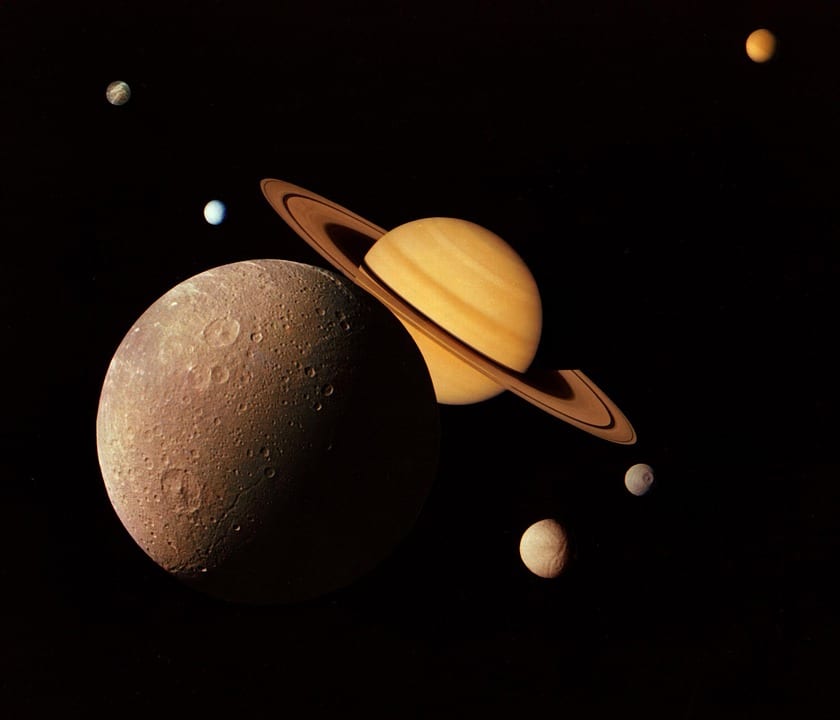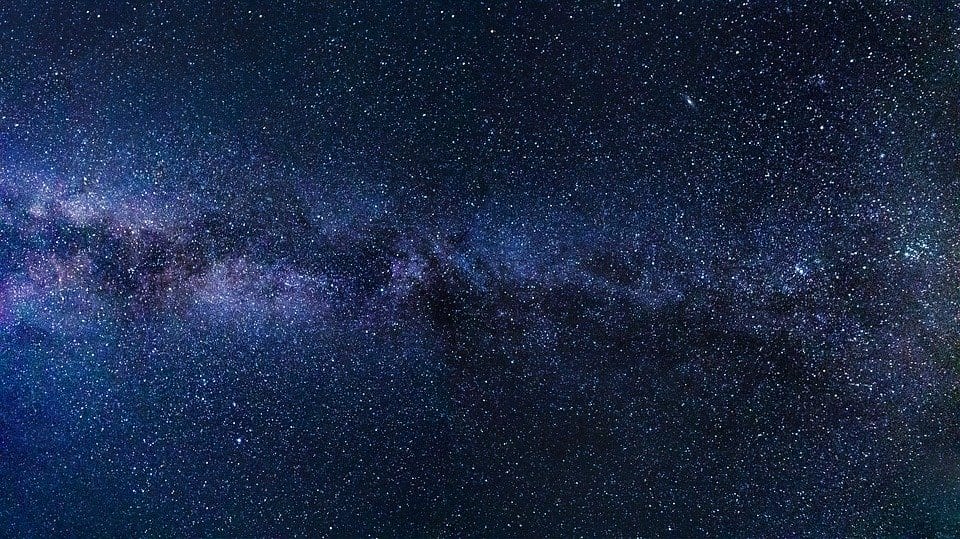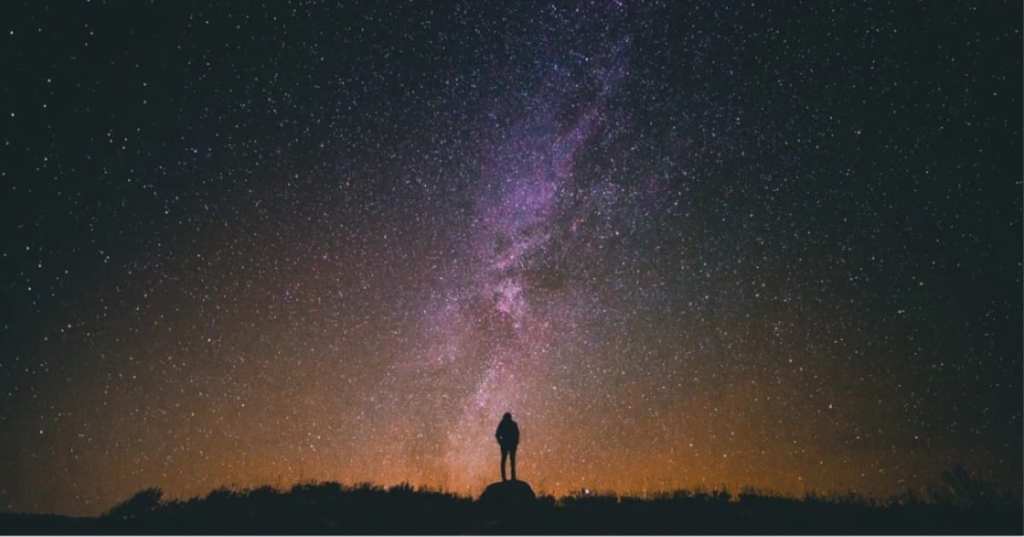I’ve only recently found out that the heavens make noise, if you have the right equipment to pick it up (and that Saturn apparently screams like the punk rock b*tch she is), so hearing that the stars sort of sing isn’t a surprise, exactly.
That said, after the whole Saturn thing, I was a bit leery when I read you could actually hear their song on the internet.

Image Credit: Pixabay
All stars produce infrasound acoustic waves, which is a frequency too low for a human ear to hear without assistance, but can be picked up by telescopes.
Sound, after all, is just vibration going through matter. Stars vibrate because they’re not solid all the way through, so sound waves get trapped in the outer payers and bounce around inside, creating “sound” as it dims and brightens.
Bigger stars have deeper frequencies while smaller ones play higher notes, and thanks to astrophysicist Dr. Garik Isrealian and composer Brian Eno, you can listen to them now on YouTube.

Image Credit: Pixabay
I know, right?
The two worked together to compute and speed up the sounds, completing the project, called “Starsounds,” in time for this year’s Starmus Festival.
The Starmus Festival (in case, like me, you’ve never heard of it) is a celebration of science, space exploration, music, and art that was conceived by Dr. Israelian and Queen guitarist Dr. Brian May.
Along with Israelian and Eno, Oscar winners Paul Franklin and Oliver James contributed to the project by creating accompanying images based on star waveforms and images of the Sun. We can both hear and “see” a full symphony played by the night sky.
Even though there are plenty of things scientists can glean from listening to the planets and stars, I like to think that the songs are the most important part.






